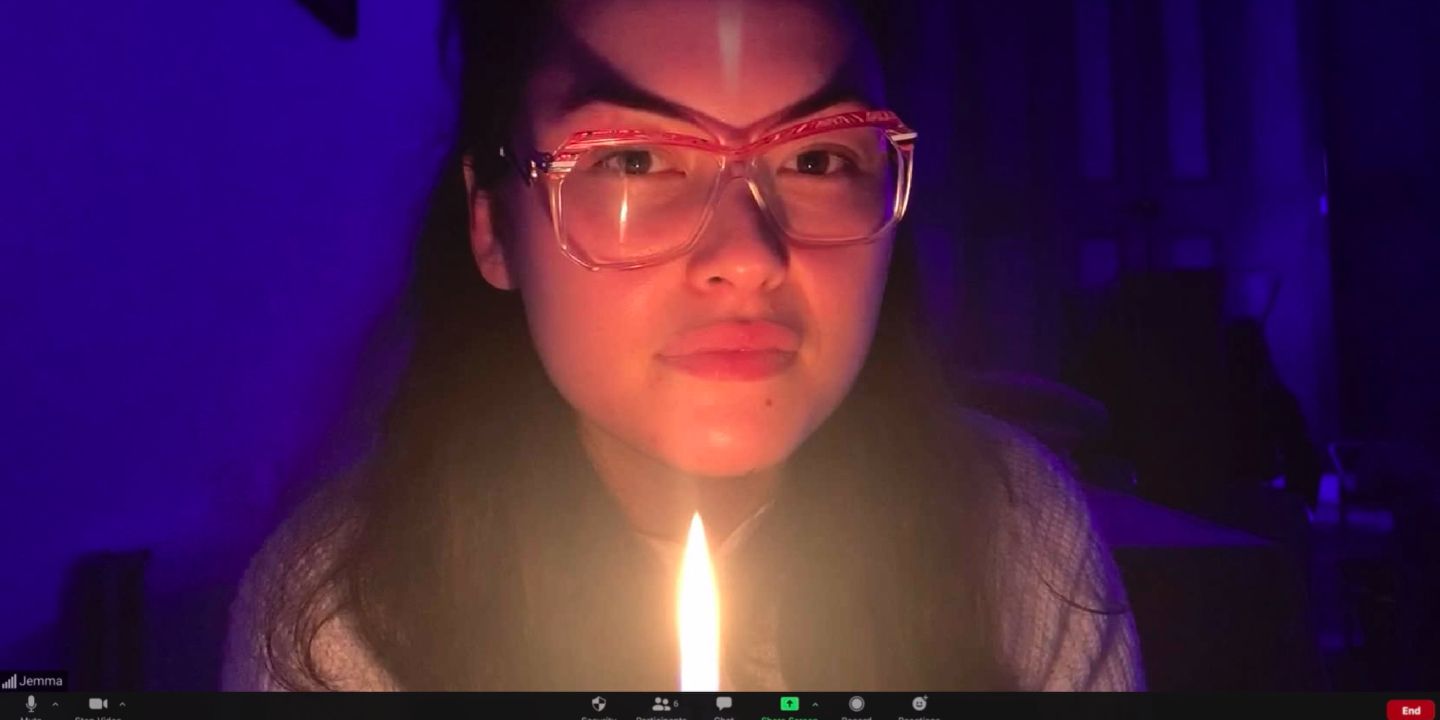
- #GOLDENCHEETAH ZOOM TO SECTION BLUETOOTH#
- #GOLDENCHEETAH ZOOM TO SECTION PLUS#
- #GOLDENCHEETAH ZOOM TO SECTION PROFESSIONAL#
- #GOLDENCHEETAH ZOOM TO SECTION TV#
- #GOLDENCHEETAH ZOOM TO SECTION WINDOWS#
Luckily these conditions can be very easily and nicely handled with the structures of python – so of course these things are also included. Also, if you are interested in total time, or moving time, you need to handle the data in a different way. This will start the read in, the analysis, and the plotting, and after some time (1-5 minutes depending on the length of your ride, and the speed of your computer), you will have all your plots and statistics nicely arranged in a corresponding subfolder with no additional input needed from your side :) The only thing which has to be calculated by the script and is not directly read in from the data file is the slope gradient, and as it is a bit noisy, I also smooth it with a box which is a 100 meters wide.
#GOLDENCHEETAH ZOOM TO SECTION WINDOWS#
So let’s assume you already have your personal details in the parameter file, and – from experience – you have your favorite plotting settings (which I have for months now, and I never change them because they seem to fit all situations), then you do not even need to touch the parameter file to process a new workout, you just open a terminal (sorry for my Windows user readers, but the script works only on Max and Linux systems), go to the folder where you have the script file, the parameter file, and your workouts, and type the following: >python plotgarmintcx.py 'activity_86515505.tcx' plotting limits, histogram resolution, plotting modes, thresholds, etc.) in an easy way without touching the script itself. So my strategy was to construct a script, which reads in data from the XML file which comes from the Garmin Connect website (I do not deal with the original file from the device, because that is encrypted, while the XML structure is easy to work with and contains the same information), does all the needed analysis and plotting, and uses a parameter file (see below), which enables the input of personal details (like heart rate zones, bike details, etc.) and the change of some given parameters (e.g.
#GOLDENCHEETAH ZOOM TO SECTION PLUS#
As I use the python language at work (which is by the way an open source, free solution with a huge community standing behind the development, plus it has an extensive plotting library), I decided to write something which does exactly what I need, but can be used later by other Garmin users too. There are some free and commercial softwares and websites out there already which give you some of the options I miss, but when I gave them a try, I quickly uncovered some of their shortcomings, which forced me to come up with my own solution instead of living with annoying problems of existing analysis tools. Also, there are no histograms, though they are very handy and informative when looking at your workout. The main problem with the Garmin Connect plots (see above – and note that this time all images can be viewed in original size after clicking on them), that there is no way to zoom in the x direction, so even if you did a 30 min ride, or an 8 hour sportive, you will have the data displayed on the same width, leading to bad resolution and crowding (can you see any detail on the speed graph up there?, no, you can’t). (If you have no food and drinks with you, go and grab something before clicking on continue…)
#GOLDENCHEETAH ZOOM TO SECTION PROFESSIONAL#
But if you are such a plot-fetishist as I am, or you need professional analysis, and you have a desire for more, than you will like what I am just about to show after the break. The plots and statistics are nice and detailed enough if you are an average – or so called hobby – user. With Garmin (and even with other brands), you have the option to upload your workouts to the Garmin Connect website, which gives you some nice overview plots, a calendar, reports, some statistics, and maybe most importantly the ability to share what you have done with the on-line community.

If you are not completely new to my blog, then you know that these days I am especially into cycling – this is also the reason why I own a special cycling GPS (which I bought basically on the morning of my first ride with my – back then new – racing bike).

#GOLDENCHEETAH ZOOM TO SECTION TV#
I mean, I love doing sports, and not just watching them on TV (which I also like, but this is not the point).

#GOLDENCHEETAH ZOOM TO SECTION BLUETOOTH#
At the moment I have a hiking GPS (Garmin GPSMap 60 CSx), a smartphone with built in GPS, and a cycling GPS ( Garmin Edge 500), and I had three other ones (two hiking GPS devices, and a bluetooth GPS receiver with my previous Nokia phone) before these… But I am not the nerd who just sits in front of the computer, because I also love sports. I love if they have more than two dimensions, if there is also color or even symbol shapes or sizes used to represent a third or fourth dimension. I love gadgets, I love technology, and especially, I love plots. I am a bit of a nerd, there is no need to try to deny this fact. Fasten your seat belts, you are about to read one of my best posts ever.


 0 kommentar(er)
0 kommentar(er)
